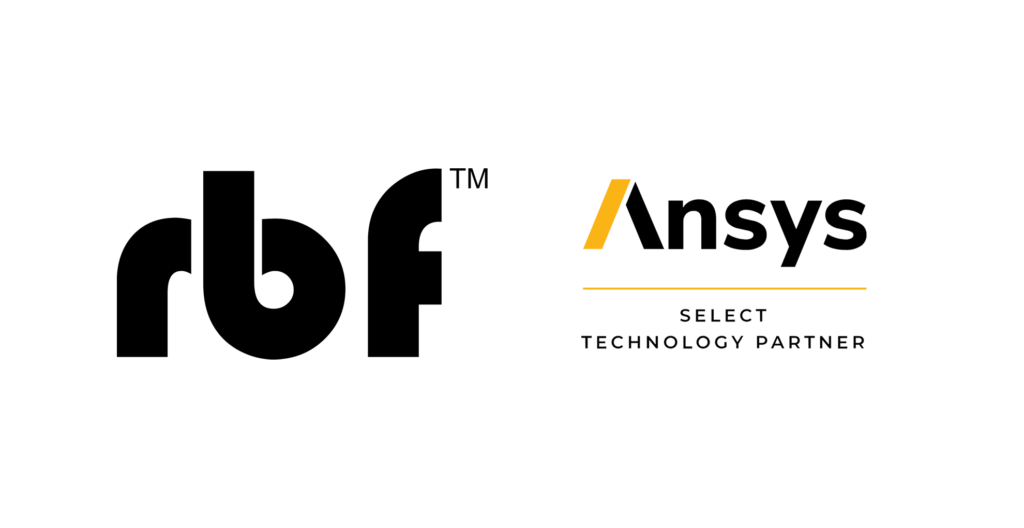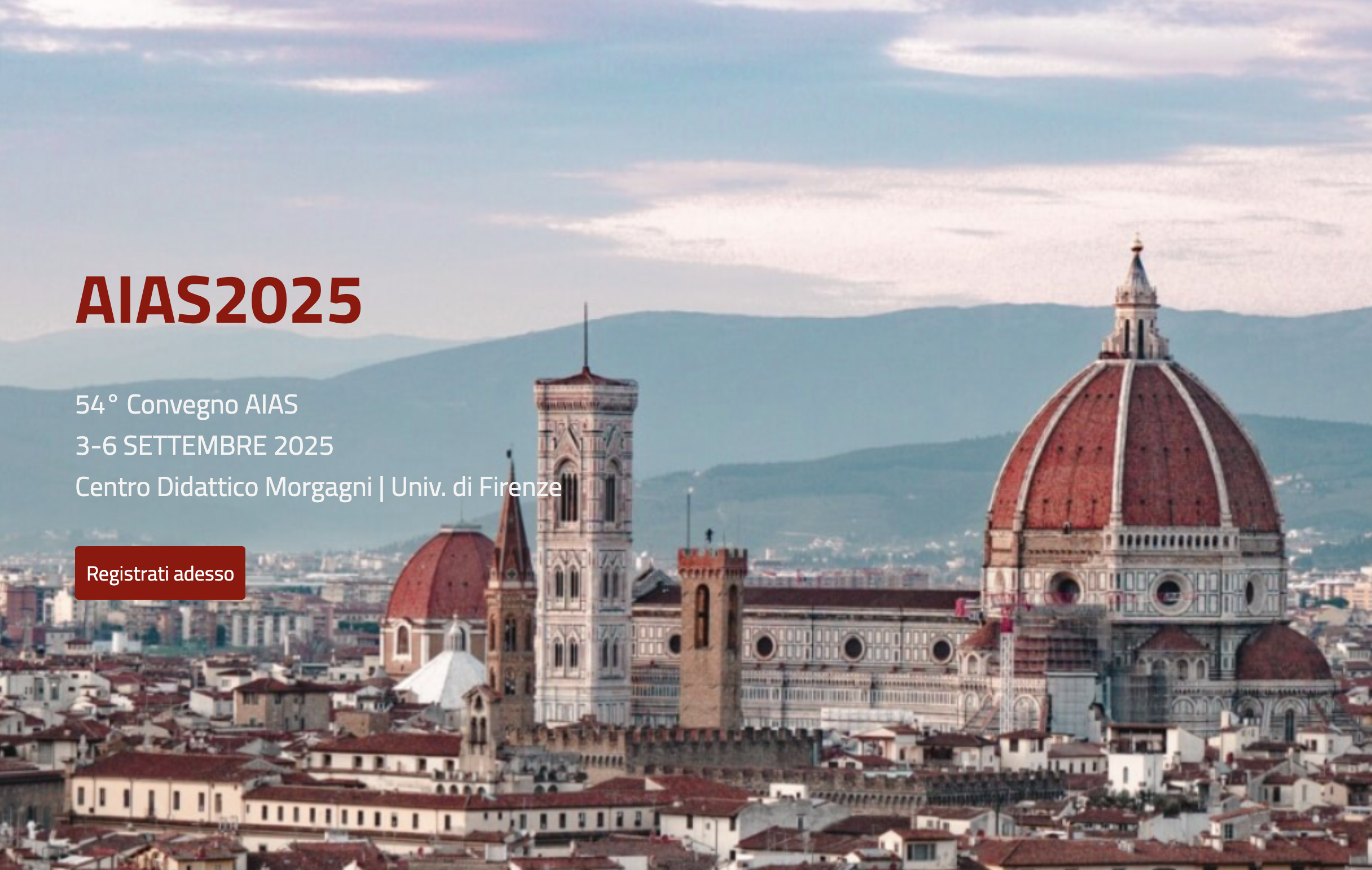rbfLAB, part of the University of Rome Tor Vergata, will participate in the 54th AIAS Conference, which will take place from September 3 to 6, 2025, in the city of Florence at the Centro Didattico Morgagni (CDM) of the University of Florence.
The AIAS Conference has long been a central event for the Italian and international communities working in the fields of mechanical design and machine construction. It provides an important opportunity for researchers, engineers, and industrial partners to exchange knowledge and discuss recent advances in methods, applications, and innovations within the discipline. This year’s edition introduces several organizational novelties, including updated guidelines for abstract submissions, and will once again serve as a platform for bridging academia and industry.
rbfLAB will contribute to the scientific program with three technical presentations, highlighting the versatility and effectiveness of radial basis functions in digital engineering and structural analysis.
-
Fast radial basis functions in digital engineering applications (Marco Evangelos Biancolini)
Radial basis functions, introduced in the 1960s, have become a key mathematical tool for digital engineering applications. As interpolators in multi-dimensional spaces, they are applied both in data science problems and in 3D space manipulation. Their ability to represent large 3D datasets in a mesh-free manner has made them the reference technique for data mapping and mesh deformation. To fully exploit their potential in engineering workflows, a fast implementation of RBF methods is essential. This presentation will provide an overview of accelerated RBF algorithms and demonstrate their use in computer-aided engineering. A specific case study will illustrate the role of RBF in enabling a digital twin capable of real-time interaction with a 3D structural component. -
A study on the influence of RBF center distribution for structural analysis using the Kansa method (Corrado Groth)
This work explores how the positioning of RBF centers influences the accuracy and stability of collocation-based methods for solving two-dimensional structural problems. The study applies the Kansa method, enforcing equilibrium through an indefinite equations approach, and tests different center distributions to evaluate their performance. Numerical results are systematically compared against both finite element method solutions and analytical benchmarks. The outcomes highlight optimal strategies for node placement, improving the robustness and applicability of RBF collocation methods in structural mechanics. -
A rapid stress retrieval approach for long-fiber angle-ply laminates using the RBF Kansa method (Andrea Chiappa)
This contribution presents a methodology to efficiently estimate fiber/matrix interface stresses in long-fiber angle-ply laminates subjected to bending and torque. Building on previous work, the approach leverages coarse finite element analyses, possibly with homogenized materials, to extract global deformation data. Radial basis functions are then applied to link the macro- and microscale, transferring appropriate boundary conditions to the representative volume element. A collocation-based Kansa method is employed to resolve the local stress distribution on selected points. The accuracy of this multi-scale strategy is validated against high-fidelity finite element sub-modeling, demonstrating its potential for rapid and accurate stress evaluation in advanced composite structures.
With these contributions, rbfLAB continues its commitment to advancing numerical methods and their practical applications in digital engineering, structural analysis, and composite material modeling.
For more information and registration details, please visit the official conference page.



